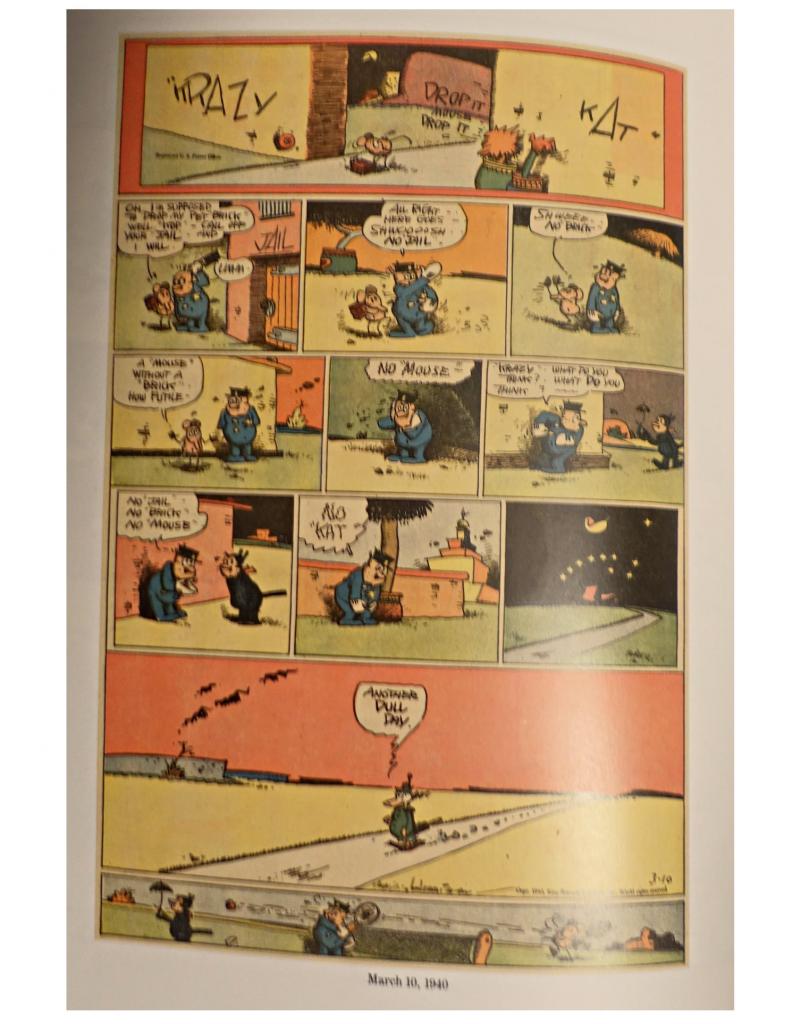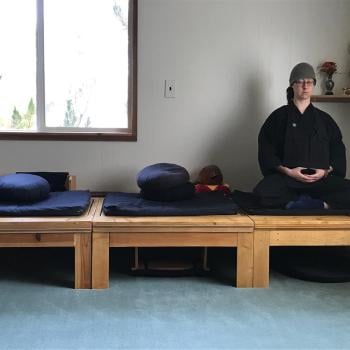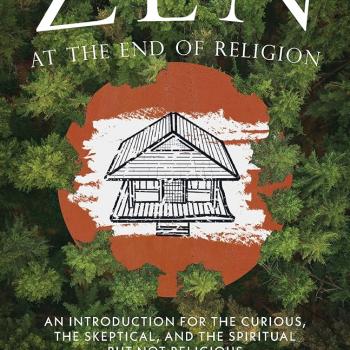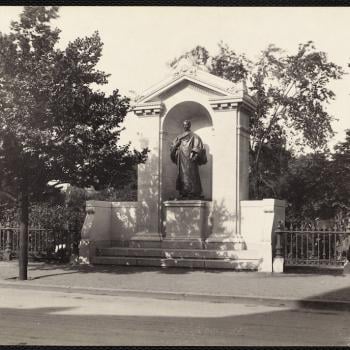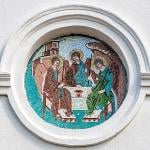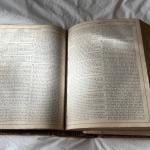
Some days its not possible to hate the world.
For instance, the other day one of my favorite people whom I do not know but thanks to Facebook feel I do, Seraphim Sigrist, offered a small reflection on a Krazy Kat cartoon. This tickled me for many reasons, but four principally.
First, I love Krazy Kat. If you’re not familiar with the strip George Herriman developed the character Krazy Kat in 1910 for the strip the Dingbat Family. Krazy was featured in a strip starting in 1913.
The Wikipedia article tells us the strip “was noted for its poetic, dialect-heavy dialogue; its fantastic, shifting backgrounds; and its bold, experimental page layouts. In the strip’s main motif, Ignatz Mouse pelted Krazy with bricks, which the naïve, androgynous (the artist would interchangeably refer to Kat as “he” or “she.”) Kat interpreted as symbols of love. As the strip progressed, a love triangle developed between Krazy, Ignatz, and Offisa Pupp.”
To add to the complexities and back story, Herriman was one of the very few black cartoonists getting published in the day. I reflected a bit on him and his strip here.
Second, I’m quite taken with the author of the meditation. He was born an American Presbyterian, converted to Orthodoxy while in college, went to seminary, was assigned to work for the Orthodox Church in Japan, where he was ordained, and in 1971 raised to the office of Bishop of Sendai. Retiring he returned to the United States where he is counted as a retired bishop within the Orthodox Church in America.
Third, in his reflection the good bishop cites the Heart Sutra. It makes me swoon.
And Fourth, he considers the mysteries of love.
I asked the bishop if I could share his Facebook posting on this blog and he generously agreed. I’ve made the lightest of edits.
***
WHAT REMAINS?
Two perhaps complementary answers.
Seraphim Sigrist
Krazy Kat’s role in comic strip life is marked by love of Ignatz Mouse, Ignatz’s role is to throw bricks at Krazy’s head which the Kat interprets as tokens of love, Officer Pup loves Krazy and so his role is to thwart Ignatz as best he can as protector. In this strip Ignatz has proposed that Officer Pup get rid of his jail threat if he sets aside his brick and then we see…
what remains for a mouse without a brick
a kat without a mouse
an officer without a jail or a kat
each personality fulfilled in its purpose what remains.
moon and stars over
the lights of the town and an empty road.
there is a haiku in there somewhere or a haiku style poem
Thinking in a different way not of his purpose and its fulfillment but of what ultimately remains St Paul says that he is certain that: “neither death, nor life, nor angels, nor principalities, nor powers, nor things present, nor things to come, Nor height, nor depth, nor any other creature, shall be able to separate us from the love of God,[ which is in Christ Jesus our Lord.].”
An impressive series of negations in a way comparable to those of the Heart of Wisdom Sutra –“Nothing is born, nothing dies, nothing is pure, nothing is stained, nothing increases and nothing decreases…etc”
But here the remainder is the Love of God.
When the personality’s assigned and/or chosen role is set aside what remains then we add up to be : The Love of God, The moon and stars over the night road. perhaps we may say in the empty space where only the real remains Love of God=Moon over road?
Author’s Note:
It is not intended to suggest an influence of eastern wisdom on George Herriman, the artist, as far as I understand his formative spiritual influence was a Catholic schooling, and later also Navajo respect for nature and rite.
